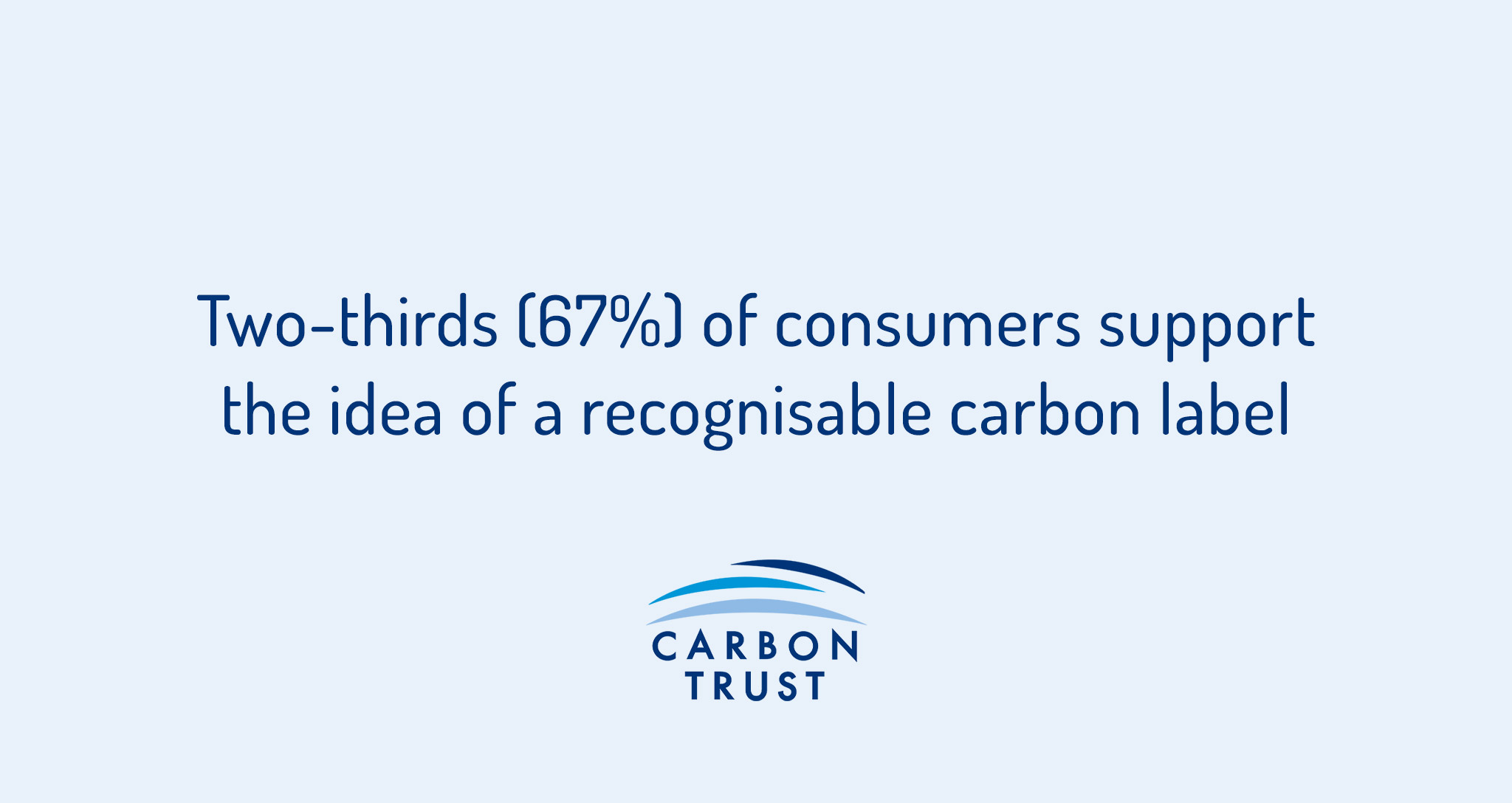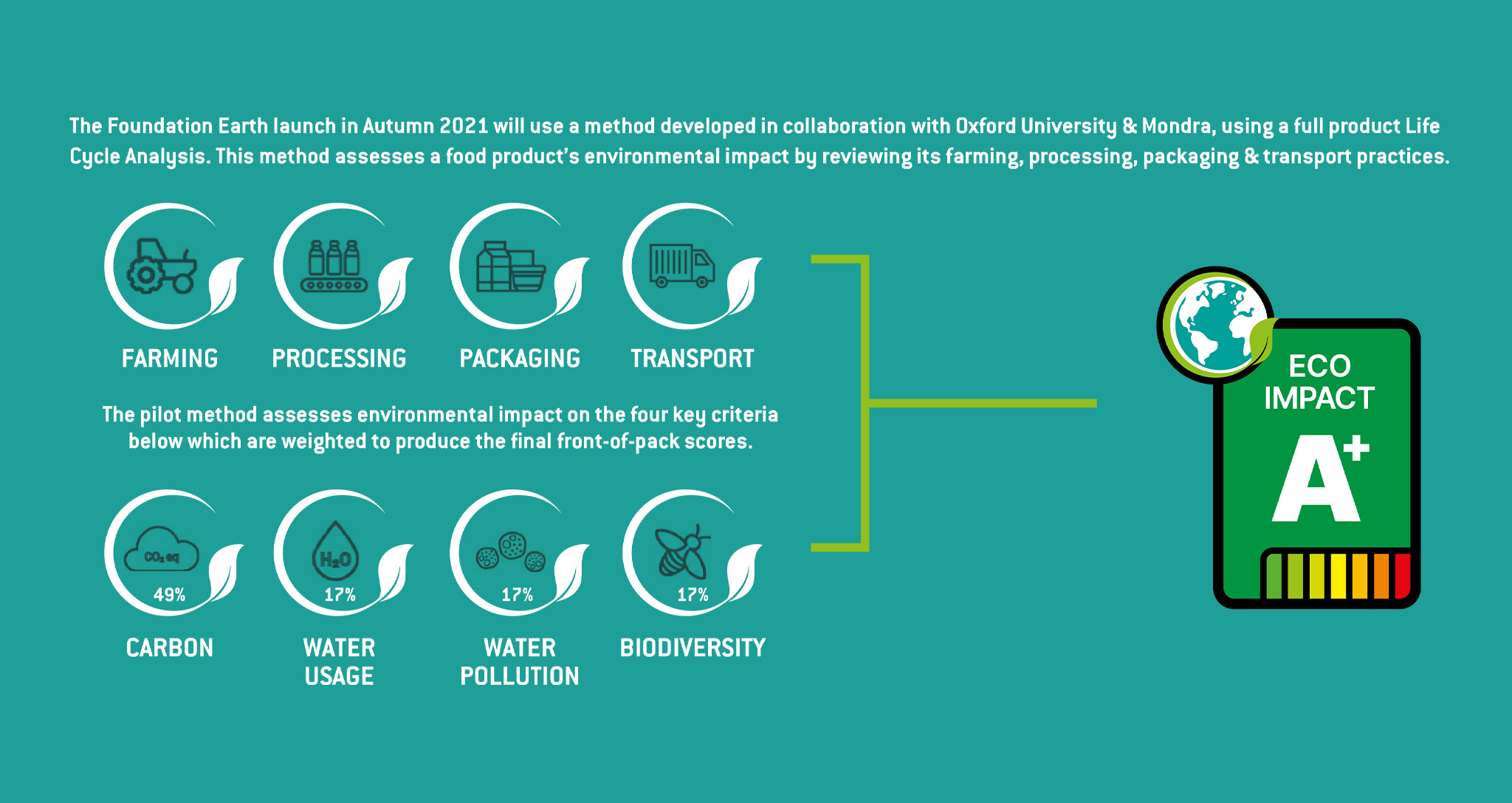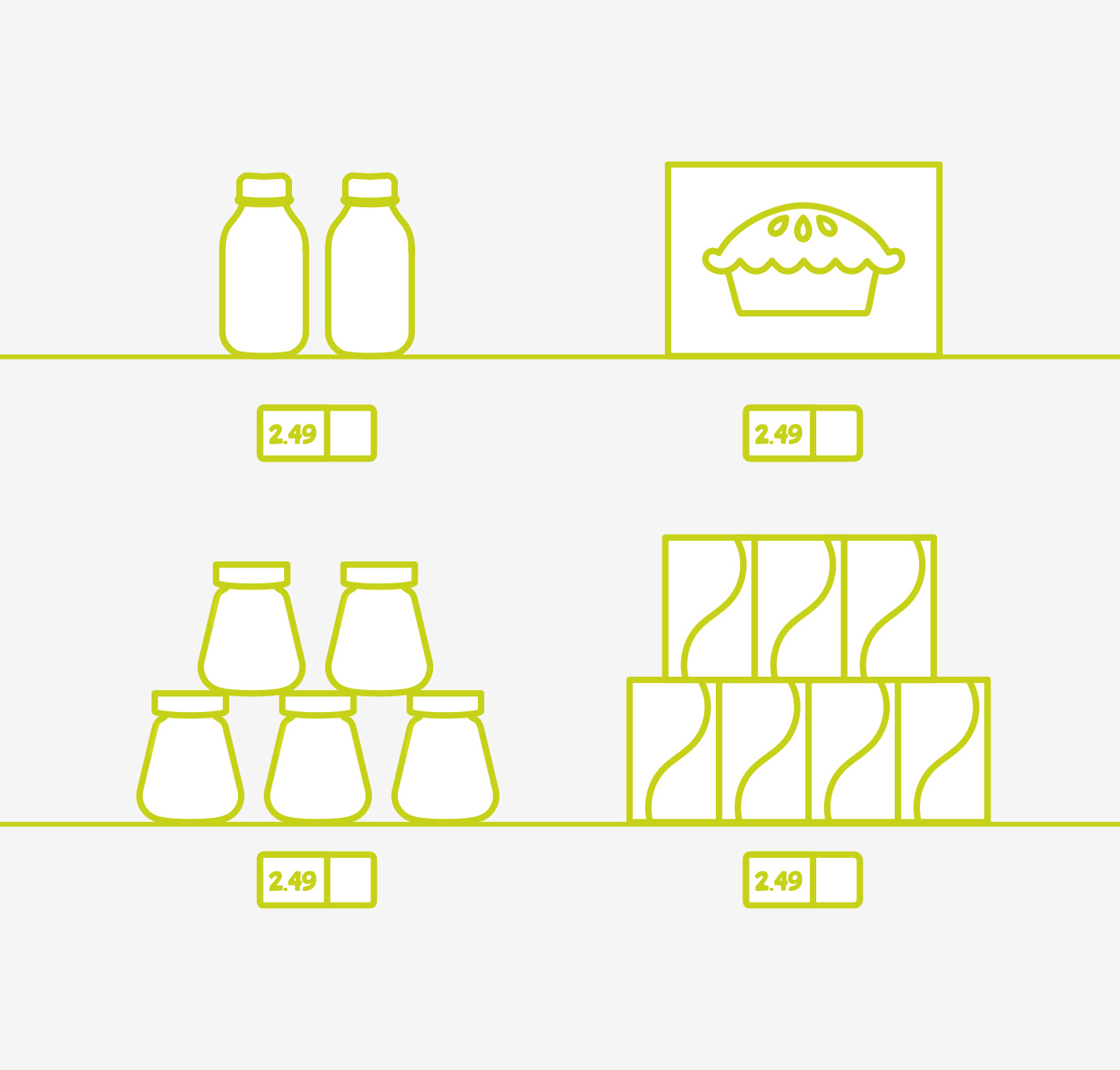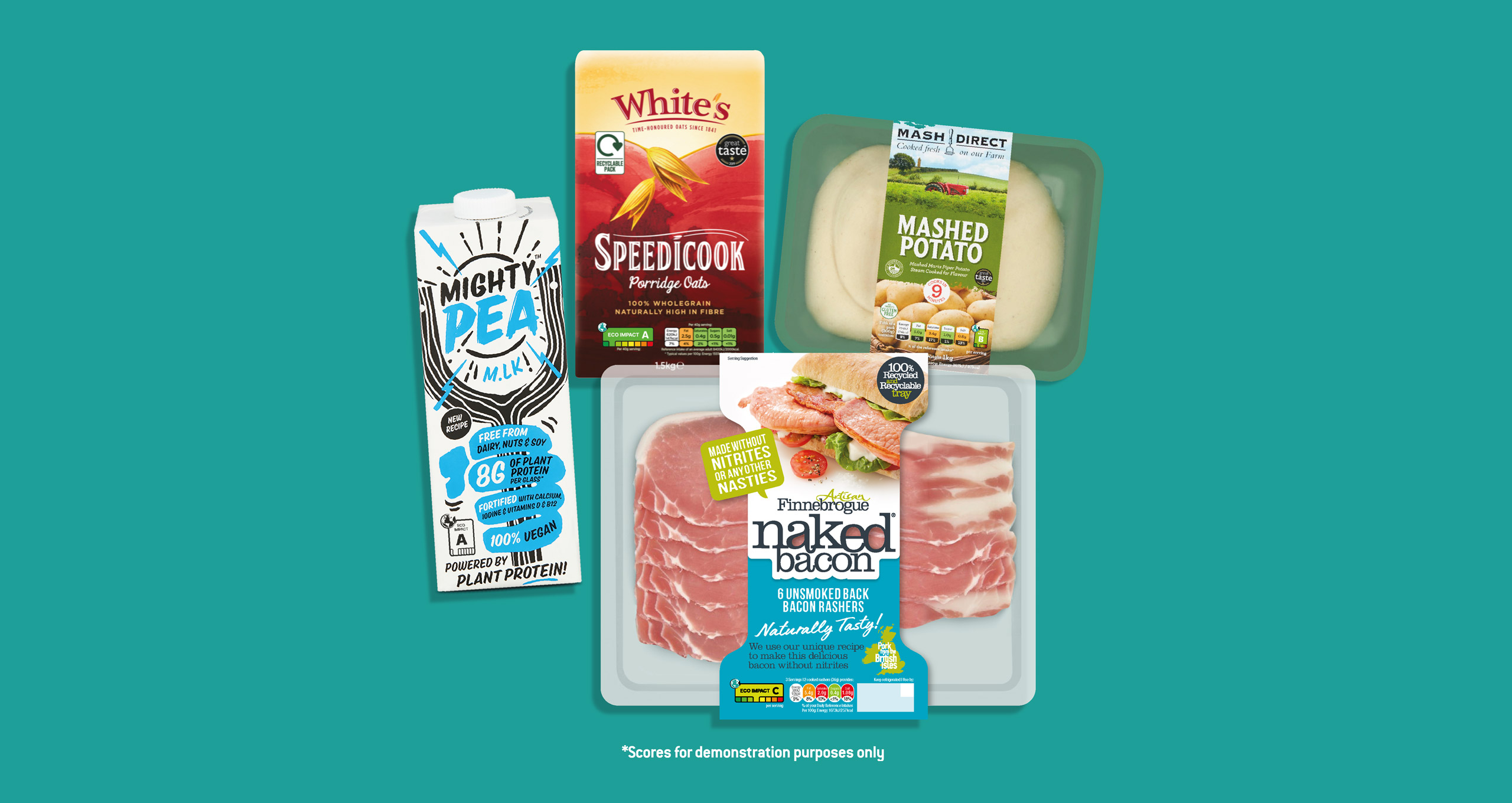This autumn, a pilot run of food eco-packaging is set to take place on major food brands and supermarkets.
A new traffic-light system will see ‘eco-scores’ on the front of food and drinks packaging and will be supported by the likes of Sainsbury’s, Marks and Spencer, Costa Coffee, Co-op and Nestlé.
With many consumers leaning towards environmental change, many food brands will have to consider how they market their products.
What is food eco-packaging and labelling?

Food eco-packaging is a system whereby front pack graphics communicate the product’s environmental impact to its consumers.
The eco-labelling scheme was created by Foundation Earth and is supported by the government in order to encourage consumers to adopt environmentally friendly food choices.
To indicate the level of sustainability, the products in the trial will be graded on a scale of A+ to G. The labels will be colour-coded, with green being allocated for the most ecologically friendly labels, and red the least.
The scale was formulated with the four key factors in mind; farming, processing, packaging and transportation.
This considers how much water is consumed to grow or manufacture the product, the level of water pollution involved, how biodiversity loss is affected, and most importantly, the carbon footprint.
What does this mean for marketing?

According to The Carbon Trust, 66 percent of consumers across Europe and America would be more favourable towards companies that can demonstrate an attempt to lessen their products’ carbon footprint.
Essentially, if a product is ranked green, this helps companies to promote it. With environmentally conscious customers looking for ways to reduce their carbon impact, businesses have a window of opportunity to outperform their competitors with eco-packaging on their food products.
Although it will be more difficult for companies to market products if they rank low in the traffic light system, this in turn will encourage them to evaluate how they make their products and be more innovative to begin to make changes that lead to market success.
With so many items already displaying organic labels, food eco-packaging can be challenging in terms of finding that balance between accuracy and communication ease. Given the importance of environmental considerations, food companies must carefully promote their products so that consumers are not overwhelmed by the amount of information on the food eco-packaging.
When adding a graphic representation of the product’s environmental impact on top of all the other information necessary on the package, designing food eco-packaging to communicate a clear message to the consumer can be a challenge.
With customers leaning towards companies who are proactively reducing their carbon footprint, in turn, this will encourage businesses to improve their carbon footprint.
From marketing the products positively to driving revenue, marketing a green product couldn’t be simpler.
Educating and driving consumer change

With the trial commencing in autumn this year, it has the potential to transform the way we consume products. Increasing consumer awareness of environmental impacts and educating them on what they can do, can pave the way for change.
It’s important that consumers are backing the brands and products that are trying to do the right thing by our environment, which is why Foundation Earth is hopeful for a European rollout of eco-labelling in 2022.
Many people want to do right by climate change and this eco-labelling creates simple means of making more sustainable buying choices.

Improve the eco-friendliness of your packaging
If you want to stand out from your competition by driving revenue to people that support sustainability, contact eat marketing to see what services we can provide.
Get in touch

